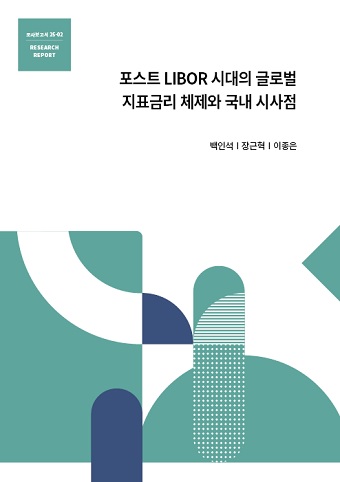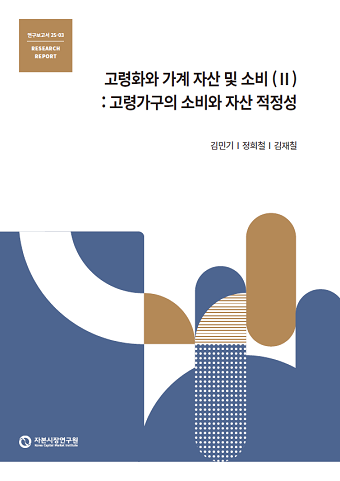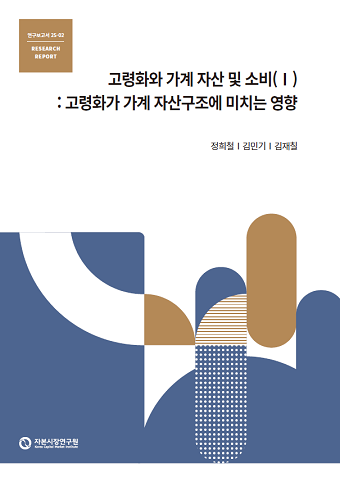Find out more about our latest publications
31 Results

Benchmark rates are used as reference rates to determine the payoff of various financial transactions, including interest rate derivatives, floating rate loans and floating rate notes (FRNs), and have a significant impact on the operation of financia...

According to the life-cycle hypothesis, elderly households use their wealth to sustain consumption as their income declines in retirement. They save during their working years and use up accumulated assets in old age, flattening the marginal utility

The future of South Korea is expected to be an era where one working-age individual supports one elderly person. Population aging will impact the economy in various ways, including changes in household asset ownership and composition. Classical econo...

The global foreign exchange (FX) market, the largest among global financial markets, has traditionally relied on major banks as primary liquidity providers. However, since the late 1990s, rapid advancements in FX trading infrastructure, spurred by th...